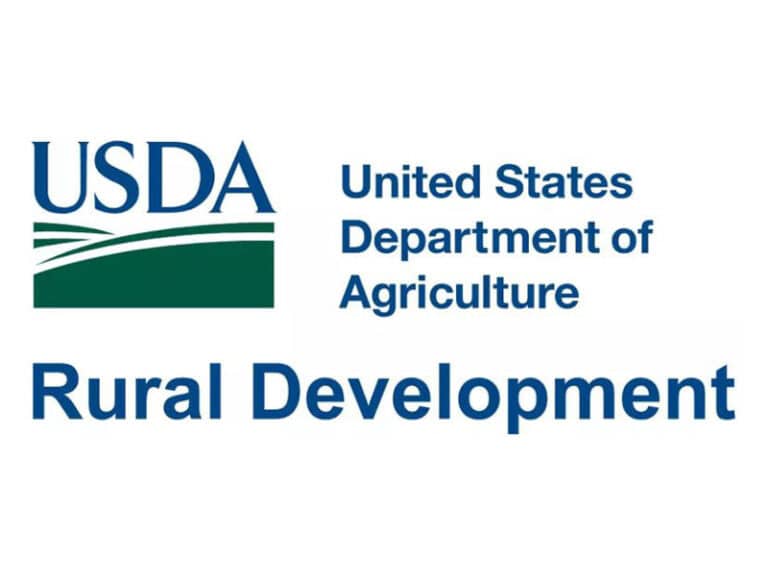By Jenna Abbott, Executive Director California Council for Affordable Housing
Change is on the horizon for affordable housing, and property managers will want to be ready. Over the next year, we’ll see some important shifts tied to the Housing Opportunity Through Modernization Act (HOTMA) and updates from USDA’s Rural Development (RD) programs. These changes may feel technical, but they have real impact on how you manage communities, certify tenants, and keep your operations in compliance.
Starting July 1, 2025, HOTMA rules officially applied to USDA/RD multifamily housing programs. That means tenant certifications with effective dates on or after that day must follow HOTMA’s updated income and asset guidelines. The good news? USDA has built in a grace period through January 1, 2026, giving managers time to adjust without being penalized for errors during reviews.
So, what’s different? For one, the way income and assets are calculated is changing. Items that may have been excluded before could now count toward eligibility, while some verification processes are being streamlined to reduce unnecessary paperwork. There’s also an update to how unborn children are counted for household size – pregnant people will now count as two-person households for income purposes. Alongside these adjustments, USDA has revised its certification forms to reflect HOTMA’s rules, so managers will need to be sure their files and systems are up to date.
These updates aren’t happening in isolation. USDA is also proposing regulatory changes to formally align its rules with HUD’s HOTMA updates. The idea is to bring greater consistency across programs so that compliance doesn’t look drastically different depending on which funding source you’re working with. While there may still be a few nuances between agencies, the overall trend is toward simplification and modernization.
For property managers, the best next step is preparation. Review your tenant selection plans, hardship policies and internal procedures now so they match HOTMA’s requirements. Make sure your software vendors are ready for the new calculations. Most importantly, train your staff so they feel confident applying the new rules when the time comes. Using the grace period to practice and troubleshoot will make for a smoother transition.
It’s true that regulatory changes can feel like one more thing on a long list of responsibilities, but these updates also bring opportunity. Harmonizing rules across housing programs helps cut down on confusion and administrative burden. Modernizing how we assess income and assets can make the process more fair for residents while helping managers focus more on community building than on red tape.
At CCAH, we’re committed to keeping you informed and supported as these changes roll out. We know property managers are on the front lines of affordable housing, making sure residents not only have a place to live but a place to thrive.
That’s why now is the perfect time to connect more closely with us. If you are a property management company who isn’t yet a member of CCAH, we invite you to join. Membership gives you access to timely updates, compliance guidance, peer connections, and advocacy resources designed to make your job easier and your communities stronger.
Together, we can ensure that as the rules shift, property managers stay ahead of the curve and residents get the stability they deserve.
